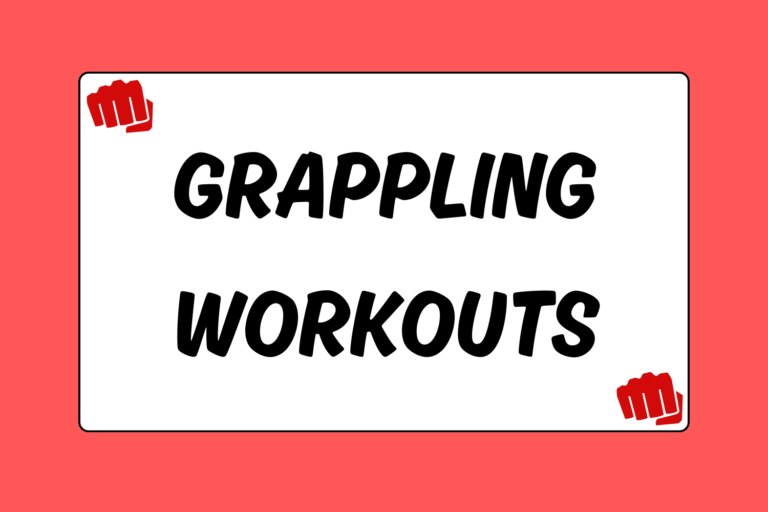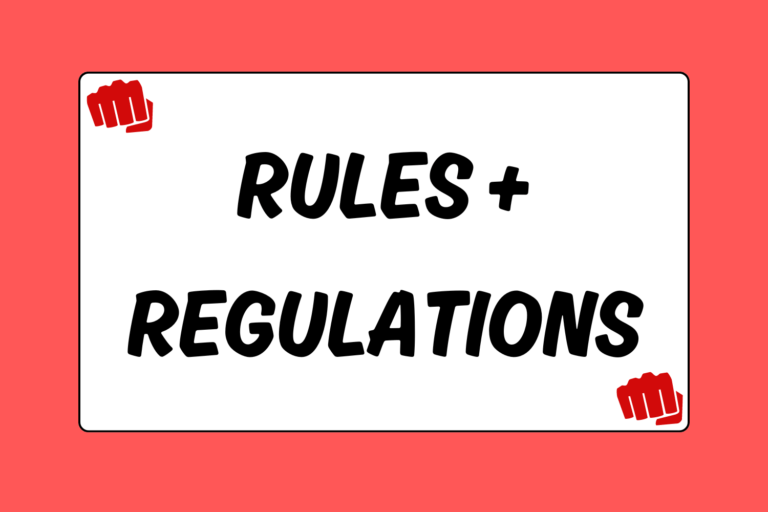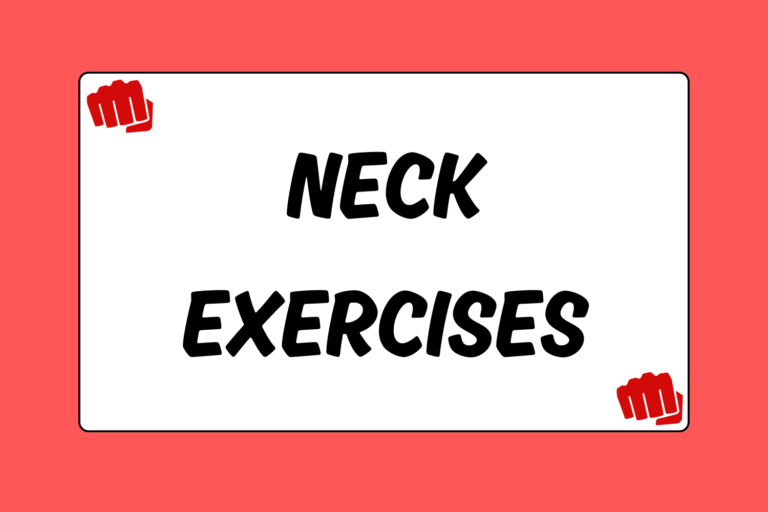Most people imagine powerful fighters as big, imposing fighters. While size and natural strength do contribute to punch power, they are not the only factors. For instance, both strength training and technical training increase your potential punch power. This guide reviews some basic steps you can take to acquire fight-ending knockout power.
Technical Training & Conditioning
Power develops from the ground up and depends heavily on leverage and body rotation. Your stance impacts your leverage and body rotation. Make sure you’re always on your toes, ready to move and pivot. Also, keep your legs positioned so that you can maximize rotation on power shots. As you shadowbox, watch yourself in the mirror. Make sure you’re fully rotating your hips and extending your punches. Emphasize technique as you shadowbox and practice punching on the mitts, heavybag, and double-end bag. Practice makes perfect, and proper form leads to more power.
In addition to mechanics, conditioning also plays a part in power. Poor conditioning leads to injuries, since your defense is the first to go when you’re tired. In addition, your technique falls apart. Poorly-conditioned fighters rarely intimidate their opponents since their power and mechanics dwindle as they go deeper into the fight. You have to be well-conditioned in order to consistently maximize your power. Train hard, especially when sparring, and don’t forget to incorporate roadwork and conditioning drills in addition to your daily skill workout.
Power Development with the Heavy Bag
Again, punch power depends heavily on mechanics and conditioning. The heavy bag emphasizes both of these facets while also improving overall power. Each round on the bag should have a purpose, though. For example, you could dedicate an entire round to inside power punches. Get close to the bag and allow it to gently sway back and forth. Rip powerful hooks to the “body” and “head” of the bag. It’s essential to understand that power develops from the legs up and involves the entire body. Work the heavy bag while integrating precision and ferocity.
Fun Fact:
Some of the best knockout artists aren’t particularly powerful. Sure, they posses some power, but many professionals rely on their ability to place punches with precision in order to score a knockout. Accurately-placed punches to the chin, temple, or liver can be just as effective as pure power punches.
Medicine Ball Routines
The medicine ball serves numerous purposes. Here are a couple of Plyometric exercises you can use to improve your core strength and overall power:
Medicine Ball Slams
This exercise improves core explosiveness. All you need is a ball and some open space. Follow these steps:
- Stand with your feet shoulder-width apart.
- Hold the medicine ball high over your head.
- Slam the ball to the ground between your feet.
- Catch the ball and repeat for 10 to 20 reps.
Medicine Ball Side Throws
The following drill can be done either with a partner or in front of a sturdy wall:
- Stand with your feet shoulder-width apart and your target to your left side.
- Hold the medicine ball next to your right hip.
- Use the strength of your core and hips to rotate and firmly throw the ball against the wall. Pivot your back foot as you rotate and engage your core.
- Grab the ball again and repeat this motion for 10 to 20 reps.
- Switch sides so that the target is now on your right side, and repeat the drill.
Building from the Ground Up
Your legs play an important part in developing power. You depend heavily on your legs throughout a fight, especially when throwing power punches on the inside. Implement various leg exercises into your routine, but focus on your ability to explode — not on how much weight you can press.
Jump Squats
Jump squats are among the most basic leg exercises focusing on leg explosion. Complete this exercise as follows:
- Stand with your feet shoulder-width apart and your hands at your sides.
- Squat down until your knees are aligned with your hips.
- Jump as high as possible, using your arms to help you explode.
- Land back on your feet and repeat for as many repetitions and sets as possible.
Targeting Your Upper Body
Your legs and core generate the majority of force as you throw your punches. It certainly helps, though, if you have strong shoulders, back muscles, and triceps. Three of the most basic, yet effective exercises for improving overall upper-body strength are listed below:
Pull-ups
In order to complete this exercise, you’ll need a bar that can sustain your weight. A pull-up is done with your palms facing away from you. This exercise requires more back strength as opposed to a chin-up. A chin-up is done with your palms facing toward you and requires more use of the biceps and less use of the back.
- Hang freely from the bar with your arms fully extended (if necessary, have a partner hold your feet to make it easier). You can vary the width between your hands as you gain experience, but begin with your hands slightly more than shoulder-width apart.
- Pull yourself up until your eyes are aligned with the bar.
- Control yourself as you move down to your original hanging position. Make sure your arms are fully extended once again.
- Pull yourself back up and repeat for a predetermined amount of sets and reps.
Dips
This exercise requires tricep, chest, and back strength, and it’s ideally used in a superset with pull-ups. A superset involves doing back-to-back (and possibly more than two) exercises in a row, normally for multiple sets. Handles are required to do dips, which are executed as follows:
- Begin by holding yourself up with your arms fully extended, but elbows unlocked.
- Slowly bend your arms until your upper arms are parallel to the floor. Do your best not to lean forward.
- Push yourself back up until your arms are fully extended once again.
- Repeat for a predetermined number of reps and sets.
Dip Variation
Because of the exercises’ difficulty, some people can’t complete many dips. Instead of doing dips with handles, you can use a weight bench. In this case, your legs will be stretched out in front of you with your hands resting on the bench just behind you. The same motion applies to this variation as to a normal dip. Move up and down, targeting your triceps.
Laying Shoulder Raises
This exercise targets the muscles in your shoulders and upper back and will improve the power of your hooks. You’ll need a five- or ten-pound weight to complete the following exercise:
- Lay on your side.
- Hold the weight with the arm that is closest to the ceiling.
- Place your elbow on your side with your forearm in front of you.
- Keep your elbow touching your side and raise the weight up toward the ceiling.
- Control the weight as you move it up and down.
- Repeat for a predetermined number of sets and reps. Be sure to alternate between sides.
Heavier Gloves & Rope
Simple tricks can help you develop power as well. The muscles in your shoulders and back are forced to get stronger when you use heavier gloves or a weighted jump rope during training. These simple tips, when combined with the suggestions above, will improve your power in the ring.





